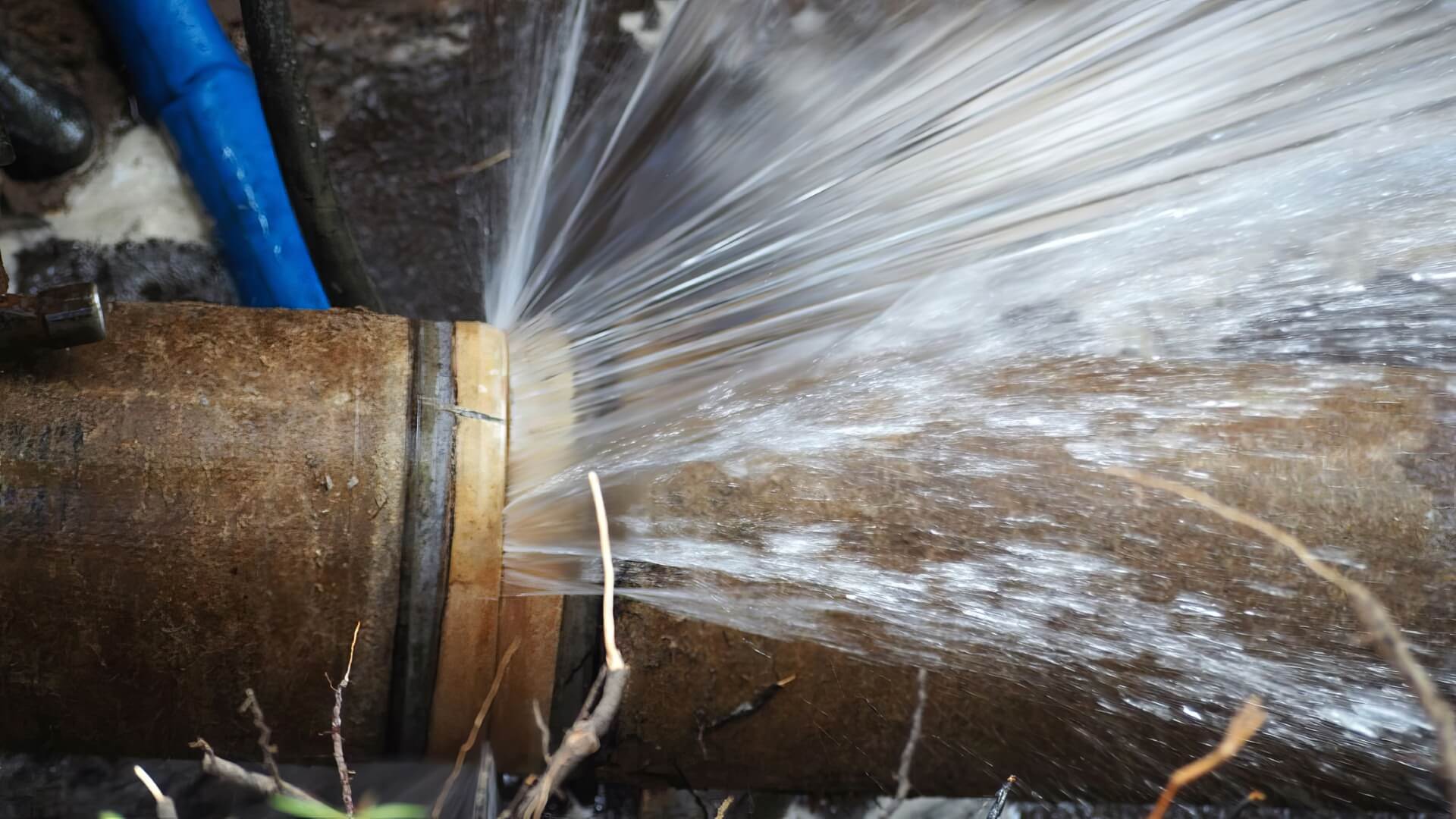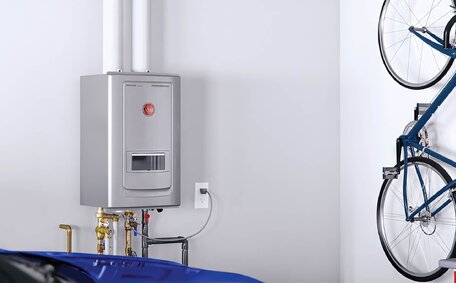Introduction to pipe relining and how weather impacts the process
Pipe relining effectively restores damaged pipes without the need for disruptive excavation or full replacement. Trenchless pipe relining involves inserting a resin-saturated liner to seal damage and create a robust new pipe within the existing one. This process aims to enhance water flow capacity, strengthen structural integrity, and prevent leaks and blockages, all without disturbing your infrastructure.
Technicians use CCTV drain cameras to guide the liner insertion into existing pipes, ensuring effective damage repair, even with challenging weather conditions. Hot temperatures can also affect curing times for resin liners and make handling materials more difficult, impacting the efficiency of the drainage system repair work. Rain or storms may cause site access difficulties, flooding, and potential moisture infiltration during sewer line repairs.
Cold weather may require the use of pipe-specific heating equipment to properly address pipes in need of repair.
Here in Quakers Hill, Sydney, with variable weather from hot summers to cooler winters, our team of experts is experienced in carefully managing pipe relining jobs, ensuring every element falls seamlessly into place, even in cases of blocked drains. Employing UV-cured liners, pipe relining often involves the use of CCTV cameras for inspection, meticulously establishing a sturdy new pipe lining within the existing pipe without need for excavation, suitable for variable temperatures and ready for wet conditions. Pipe rehabilitation through relining is designed to withstand weather fluctuations and aid drain cleaning, ensuring each project is tailored to its specific conditions, including stormwater repairs.
Effect of temperature on pipe relining materials and curing times
Pipe relining typically uses a liner coated with epoxy resin, requiring precise temperature control during the curing process. The ambient temperature inside pipes affects pipe relining costs through its impact on epoxy resin curing times.
At temperatures below 10°C, the curing of resin can prolong into days or weeks, impacting both relining costs and process timelines. Using specialised heating equipment, such as hot water hoses and heaters, we ensure the temperatures stay within the ideal 20-25°C range, suitable for various pipe types like cast iron and PVC.
On the other hand, temperatures above 30°C can cause epoxy resins to cure too quickly, potentially before liners are properly adhered. Close temperature monitoring helps us identify risks and make necessary adjustments, such as cooling the liner’s interior, to ensure optimal curing.
Our plumbers are meticulous in their work, using specified materials and adhering to manufacturer’s guidelines to ensure quality sewer line repairs. We opt for epoxy products that are adaptable to the varying temperature range in your home’s environment. Proper temperatures help to significantly extend life of the new pipe, We ensure that liners bond correctly for enduring structural integrity, confidently addressing any cracks or issues with our integrated pipe network solutions.
Strategies for pipe preparation and application in cold weather
Cold weather below 10°C may require more attention for injecting materials into pipe interiors as epoxy resins cure slower and materials become less malleable. To address these cold weather challenges, our team employs several key strategies:
- Flushing pipes with hot water to pre-warm them before liner insertion
- Using heating devices such as hoses and heat lamps to warm the pipes directly
- Monitoring ambient and pipe temperatures
- Selecting versatile epoxy resins usable from -5°C to 35°C
- Adjusting curing times and temperatures as needed
Meticulous planning, preparation, and temperature control are crucial in colder climates. Our plumbers use insulated containers to transport materials and protect worksites from moisture and frost, and we adjust work schedules accordingly, as weather can significantly affect the relining timeline.
By maintaining optimal heat and curing rates, customers can expect relining to ensure liners fully adhere and bonds remain strong through Sydney’s variable winter temperatures, affecting how much does pipe relining cost overall. Inquiring minds often ask about pipe relining costs, and our specialist expertise ensures we offer competitively priced options for your drain pipe all year round.
Protecting the application area from rain and moisture
Safeguarding the investments in the services that we offer, such as pipe relining, from rain and humidity is crucial, as excessive wetness in your existing pipes can undermine the relining project’s progression. To prevent water or tree root intrusions from compromising the curing resins in your sewer pipes, we needed to navigate with utmost precision around complications in bonding or causes for liner detachment amidst the pipe rehabilitation. We needed to take extensive measures to waterproof worksites, essential for getting the job done successfully in sewer pipe relining, such as:
- Employing waterproof sheeting atop exposed stormwater pipes and sewer pipes
- Sealing pipe ends with expandable plugs
- Operating pumping equipment to mitigate flooding
- Applying water-displacing chemicals before relining
- Scheduling work around forecasted rain or storms
Keeping the application areas dry ensures that the epoxy resins cure properly within the recommended temperatures and humidity levels. Our team consistently reviews weather forecasts while factoring in potential costs of new lining and pipe relining while crafting contingency strategies for pipes in the sewer should there be no means to circumvent rain. We prioritise safely sealing off pipe access points from moisture ingress.
ensuring there’s no compromise in quality, our expertise guarantees that pipe relining yields successful outcomes even in challenging weather conditions. Our materials and curing processes are designed to withstand moderate exposure while meeting structural standards.
Accommodating temperature fluctuations during curing
Consistently upholding ideal temperatures throughout the curing process is vital to correctly reline underground pipes, just as much as any other aspect of the job. Our team was very diligent in monitoring ambient conditions and the inner surface of the pipe environment, a critical aspect for a successful relining process, using digital thermometers and sensors. If temperatures start to fluctuate outside the ideal 20-25°C range, we make adjustments pertinent to the pipe lining process.
Should ambient temperatures exceed 30°C and threaten to accelerate curing, we circulate cool water within the pipe to regulate the temperature. Conversely, if temperatures drop below 10°C and begin slowing cures, we introduce heated water circulation or switch on heating devices to warm the pipes.
By actively monitoring and adapting to temperature changes as necessary, we ensure there are no impediments to the lining materials curing within the pipe as intended. UV-cured products provide the durability to withstand the wear tear from temperature changes over time. Our technicians are trained and can help control onsite conditions, professionally accommodating variability.
With all your inquiries addressed, we extend our gratitude and thank you very much for choosing us – we invite you to come out, connect with our team and let us bring our expertise right to your door!
The advantages of pipe relining in variable weather
Pipe relining is more cost-effective than pipe replacement, especially in areas with changing weather such as Quakers Hill.
Key benefits of the pipe repair method of relining any plumbing system without the need to dig include:
- Engineered epoxy resins cured to perform across a wide -5°C to 35°C temperature range
- Ability to control temperatures using equipment like hot water hoses
- Flexibility to schedule work around different weather conditions
- Resilient materials ensuring your drains pipes are unaffected by moisture or frost
- Consistent, reliable results regardless of ambient variability
Pipe relining is a non-intrusive technique that maintains your garden’s serenity, protects your yard from excavation, and offers a fast, reliable alternative to traditional repair methods.
With over 10 years of experience handling an array of plumbing problems, Quakers Hill Plumbing has mastered quality reconditioning of pipes without succumbing to Sydney’s variable climate across all seasons. Our solutions are durable and immune to weather-related setbacks.
Reach out to our crew to discover our comprehensive relining services and comprehend more about the benefits for your residence or commerce!
Ensuring quality across seasons with proper materials and techniques
A pipe relining specialist ensures that your plumbing system remains robust, delivering consistent quality for pipe relining projects despite variable weather, without requiring excavation.
Our technicians implement a range of quality assurance techniques:
- Ensuring liner samples can get tested under controlled cold/hot conditions
- Monitoring ambient and internal pipe temperatures
- Adjusting curing times and heating/cooling pipes accordingly
- Sealing pipes thoroughly against moisture ingress
- Scheduling jobs strategically around weather conditions
We also only use reputable supplies meeting the highest safety and performance standards. Combined with our specialist expertise honed over 10+ years servicing Sydney, this enables flawless pipe reconditioning year-round.
Contact Quakers Hill Plumbing to learn more about our dedication to consistent quality and reliability rain, hail or shine!
Conclusion: Embracing climate-resilient pipe relining
In summary, pipe relining provides a durable, climate-resilient means to fix problem pipes affected by Sydney’s variable weather conditions. The advanced epoxy resins and installation methods used in the relining process are engineered to withstand temperature fluctuations from hot summers to cooler winters.
By pre-warming pipes, controlling curing temperatures, sealing against moisture, and expertly adapting to weather changes, Quakers Hill Plumbing ensures that relined pipes cure correctly, offering a cost-effective solution all year round.
Get in touch to discover the full extent of our pipe relining service or to arrange an inspection for your specific needs.
Email:






